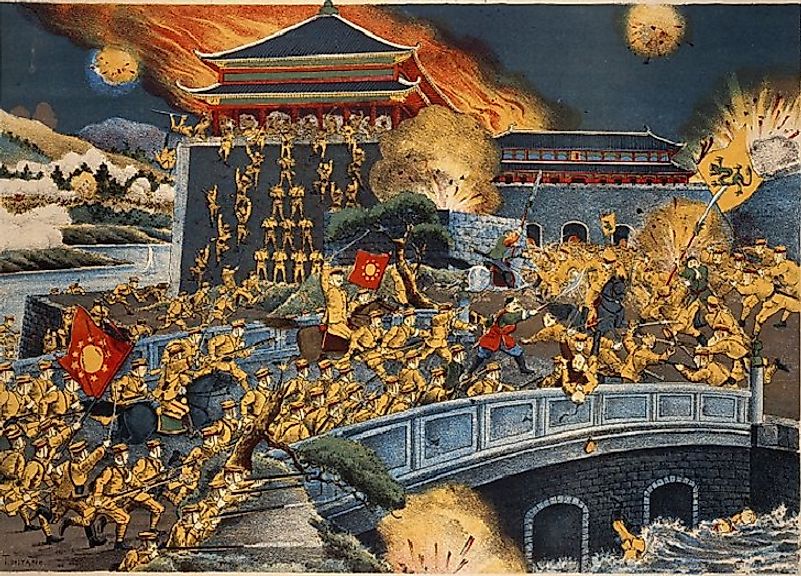A Brief History Of Chinese Civilization

5. Prehistoric China
The origin of Chinese Civilization is dated back to the Paleolithic Age when Homo Erectus lived in the area more than a million years ago. One archaeological site at Shanxi Province is dated back to some 1.27 million years. Then came the Neolithic Age which came around 10,000 BC and carries an evidence of the proto-Chinese millet agriculture, and even settlement along the famous Yangtze River is said to be around 8,000 years old. In the latter half of the Neolithic Age, the establishment of the Yellow River civilization led to the establishment of the Yangshao culture, which is known to have yielded the most significant sites from the era.
4. Early Civilizations
The early Chinese Civilization included the Xia Dynasty which remained from around 2100 BC until 1600 BC, and is described in the ancient Records of the Grand Historians, from which pottery and shells have been excavated that belonged to this period. After that, it was followed by the Shang Dynasty which existed from 1600-1046 BC. The oracle bones were found during this time which had divination records inscribed on it. The beginning of the Zhou Dynasty was witnessed in 1046 to 256 BC which actually emerged in the Yellow River Valley and they began their rule under the semi-feudal system. The spring and autumn or the Warring States Period saw the annexation by the local military leaders, and the modern system of Sheng and Xian emerged in the country.
3. Dynastic China
The foremost early dynasty was the Qin Dynasty, which came into being from 221-206 BC. In this, the Kings subdued the parts of the Han Chinese homeland and united them under a central legalized government. The other dynasty was Han Dynasty and its period consisted of 202 BC – AD 220. This was regarded as the golden age in the Chinese History, which actually consolidated the foundation of China. Xin dynasty period began in AD 9 and it was said to be the short-lived dynasty, but many economic reforms were undertaken during this period. The other main dynasties which followed after this was Jin Dynasty, Northern and southern dynasties, Sui Dynasty, Tang dynasty, Five dynasties and the Ten Kingdoms, Yuan Dynasties, and finally it reached the Qing Dynasty.
2. Xinhai Revolution
The Xinhai Revolution is also known as the Chinese Revolution or the Revolution of 1911, which threw the last Imperial dynasty of China and that, was the Qing Dynasty. It led to the Formation of Republic of China. The revolution witnessed many revolts, and the uprisings and the main turning point of this movement was the Wuchang Uprising which was actually a result of mishandling of the Railway Protection Movement. It is seen that the Republic of China in Taiwan (or Formosa) and the People’s Republic of China each consider themselves as the true successors of the Xinhai Revolution.
1. Modern Taiwan and the People's Republic of China
The People’s Republic of China made the Japanese troops surrender in the mainland and Taiwan following World War II, and after that the main aim was to look after the economic development of Taiwan. There were many international projects started in the mainland, and Taiwan also developed into a major international trading power. The latter even possesses the highest foreign exchange reserves across the globe.











